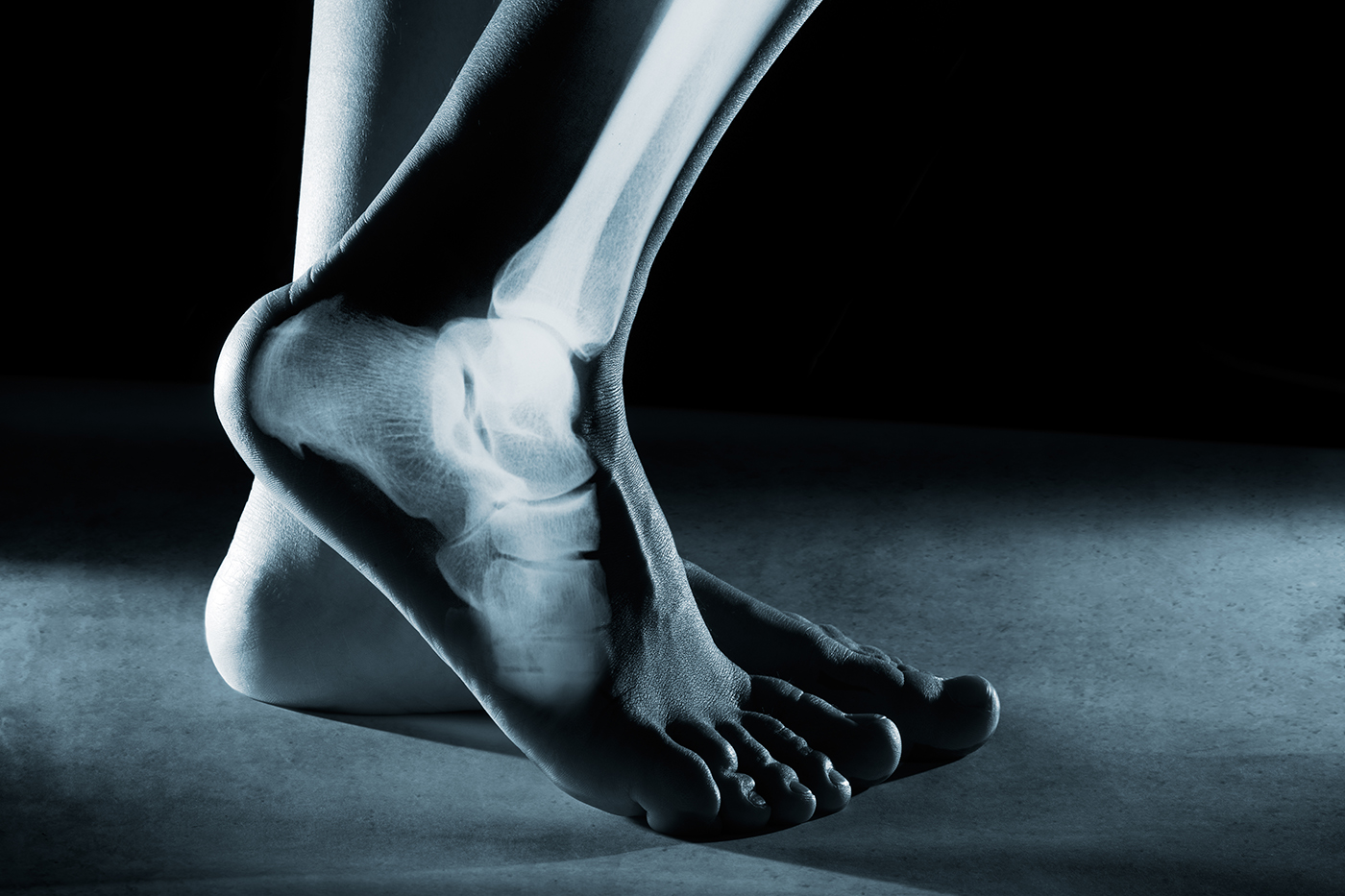
Arthritis is condition that causes pain, swelling and tenderness of one or more joints. There are many causes of arthritis but one of the most common is osteoarthritis.
Before we state what the available treatment for osteoarthritis is, it’s important to establish what it is in the first place. In most of the joints in the human body there is a firm smooth shiny material called cartilage that surrounds the ends of the bone. This allows the joints to glide smoothly. However when the cartilage gets damaged, the ends of the bone begin to grind on each other and this can cause discomfort, severe pain and may eventually cause disability. The body, in a way to avert the situation, attempts to repair the cartilage albeit incompetently by forming new bone. Suffice it to say that cartilage is a onetime offer with limited supply and cannot be replaced.
The typical patient with osteoarthritis is a patient above the age of fifty years who presents with pain in the knee or the hip. This pain usually comes on gradually. Patients may present at different stages of their disease and at different times since the onset of their symptoms. My observation in working in different continents is that patients in more developed countries will present much earlier than patients in our set up. The earlier presentation in the developed countries is in part because of the awareness of the disease and the belief that treatments are available. The situation in our country is changing as more and more patients become aware of what is available to them in terms of treatment..
When you visit your doctor, with suspected osteoarthritis, he or she will try and establish two main facts. The first involves establishing a diagnosis of the disease. The next is to determine how severe the disease is. Your doctor will take a history. He or she will ask about the onset and duration of your symptoms and how severe the symptoms are. Patients with osteoarthritis have pain that is aggravated by activity. For example the patient with knee and hip osteoarthritis will have pain when they stand from a sitting position or if they walk a long distance. With time however as the disease progresses the patient will suffer night pain.

Your doctor will also try to determine how severely the disease has affected your life. This is done by asking about your activities of daily living. Not only does osteoarthritis affect your ability to walk but other activities that you didn’t even think about. Patients will find that they are increasingly finding it difficult to rise from a sitting position.Their walking distance increasingly becomes shorter. Using the lavatory elicits pain in the joints and putting on their shoes reproduces the pain. The patient will also realize that getting into a private car or public transport is painful.
If we use osteoarthritis of knee as an example , your doctor will perform certain investigations to make a diagnosis. While blood test may be useful in determining the general well being of the patient, they are not particularly useful in establishing the diagnosis of osteoarthritis. However, radiological investigations are useful in informing us that there is osteoarthritis or how severe it is. The X-rays will show a reduction of joint space due to loss of cartilage. The joint will have bone spurs around it and this is because body is attempting to stem the damage of cartilage loss.
As a doctor, I must ask what are the non operative measures available to the patient with osteoarthritis. The most effective treatment is prevention. There are modifiable and non modifiable causes of osteoarthritis. For example, while a patient may not be able to change his age, genetic make up or gender, there are some modifiable factors that the patient can address. One of these is weight. There is an association between osteoarthritis and weight gain. Patient who are over weight or obese have an increase incidence of osteoarthritis of the knee and the hip. Maintaining a healthy Body Mass Index might not eliminate the incidence of osteoarthritis, but it will go a long way in reducing it. In patients who are already overweight they are advised on weight loss measures to reduce the incidence of osteoarthritis or to prevent further progress of the disease.
There are other non pharmacological and non surgical measures that will be useful in preventing or managing osteoarthritis. Exercise provides strength to the muscles and maintains the range of motion of the joints. One should avoid high impact sports especially those that may further exacerbate the condition. Aerobic exercise is particular useful. Walking aids like a cane may help off load the joint and therefore reduce the symptoms. While a knee brace should be used judiciously it can be very useful in providing stability in patients with knee osteoarthritis. Certain additional treatments provided by a physiotherapist will also be of benefit. These modalities include Kinesiotaping, Thermal interventions (locally applied heat or cold), Radiofrequency ablation and Manual therapy with exercise.
The mainstay of non surgical management of osteoarthritis is pharmacological (use of medication). Patients should commence treatment with medication like paracetamol and one may need to add topical agents like topical Non Steriodal Anti-inflammatory and capsaicin. If the patient does not respond to these, other medications like oral Non steroidal anti-inflammatory (NSAIDS) may be used. Your doctor will tailor the medications to use the lowest dose possible. On occasion the doctor may need to add a stronger pain killer like an opioid if you are not responding to other medications.
Finally let us look at whether supplements like glucosamine, chondroitin or fish oil help. While some patients have reported that they receive relief from these treatments, the scientific evidence is that these treatments are not effective. As an orthopaedic surgeon I do not prescribe such treatments for patients. However, most of the patients who come to see me are already on these medications and I do give them my valid opinion but do not dissuade them from using them. I do not think that they are harmful but the medical evidence is that they do not help either.
Finally the management of osteoarthritis also involves invasive procedures which I will discuss in a later article.

